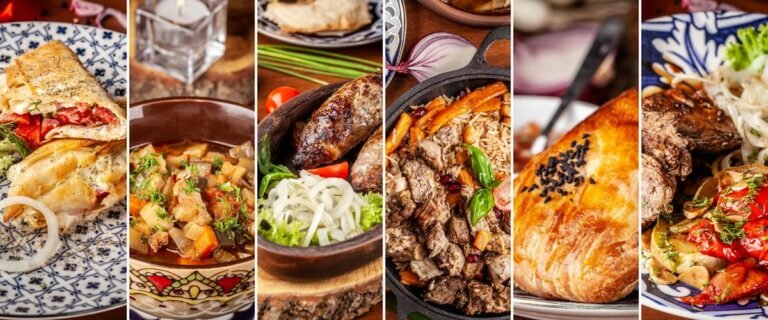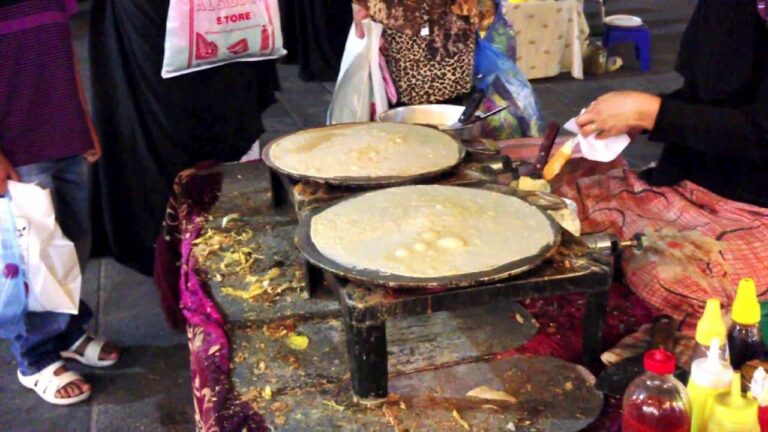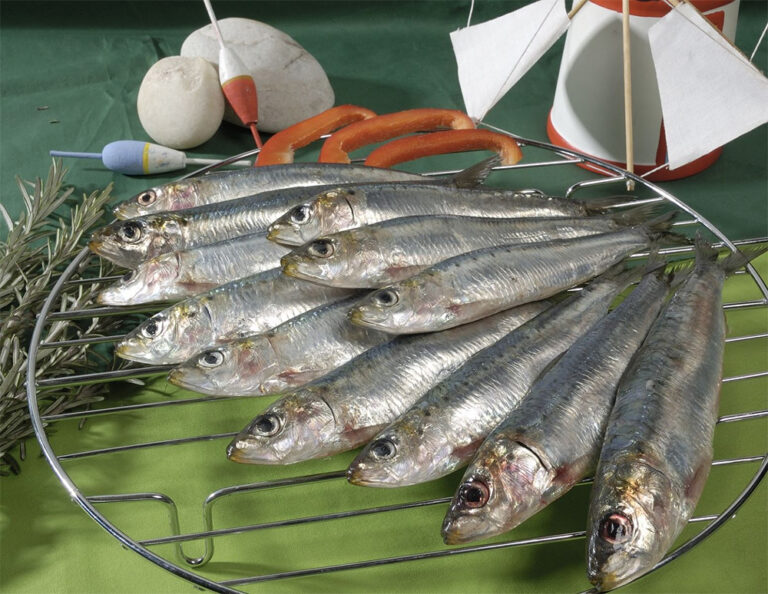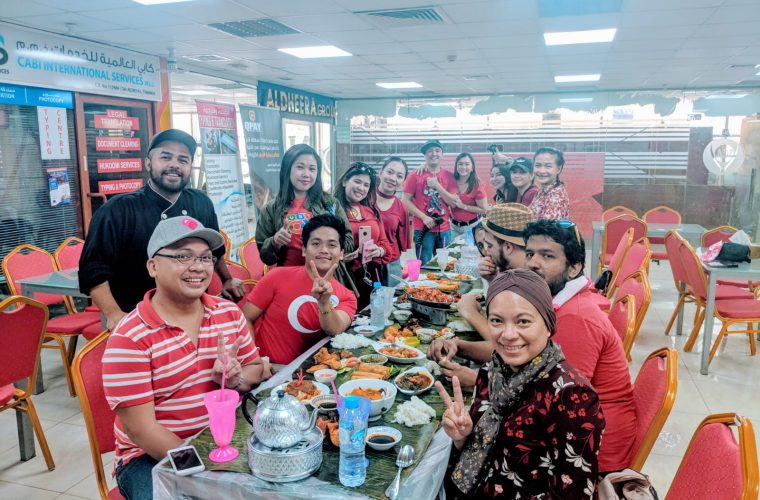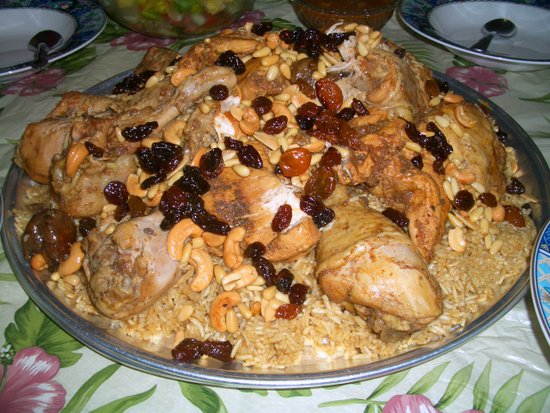Introduction: Qatari cuisine
Qatar is a country that has a rich culinary heritage, influenced by its geography, history, and culture. The traditional Qatari cuisine is a fusion of Arabic, Indian, and Iranian flavors, resulting in an array of mouth-watering dishes that are deeply rooted in the country’s history and traditions. The cuisine is predominantly characterized by the use of spices, herbs, and fragrant ingredients, which give the dishes a unique and distinctive flavor.
The staple dish: Machboos
Machboos is the most popular and widely consumed dish in Qatar. It is a rice-based dish that is prepared by cooking basmati rice in a spiced broth that is infused with saffron. The dish can be prepared with a variety of meats, including chicken, lamb, or fish, and is usually served with a side of yogurt or a tomato and cucumber salad. Machboos is a hearty and flavorful dish that is perfect for any occasion.
Marinated meat: Ghuzi
Ghuzi is a marinated and roasted lamb dish that is commonly served during celebrations and special occasions in Qatar. The lamb is marinated in a blend of spices and herbs and then roasted on a spit until it is tender and succulent. The dish is usually served with rice and a side of vegetables, such as roasted potatoes or carrots. Ghuzi is a dish that is steeped in tradition and is a symbol of hospitality and generosity.
Seafood delight: Sayadiah
Sayadiah is a seafood dish that is popular in Qatar, especially in coastal areas. The dish is prepared by cooking a variety of fish, usually including hamour, in a spiced tomato sauce that is infused with cumin and coriander. The fish is then placed on a bed of fragrant basmati rice and garnished with fried onions and pine nuts. Sayadiah is a delicious and flavorful dish that is a must-try for seafood lovers.
Popular side dish: Mtabaq
Mtabaq is a traditional Qatari flatbread that is similar to Indian paratha. The bread is made by rolling out dough and then cooking it on a hot griddle until it is golden brown and crispy. Mtabaq is often served as a side dish with various Qatari dishes, including Machboos and Ghuzi. It can also be eaten on its own with a side of hummus or labneh.
Sweet endings: Luqaimat and Balaleet
Luqaimat and Balaleet are two popular Qatari desserts that are perfect for satisfying a sweet tooth. Luqaimat are small, doughnut-like balls that are deep-fried and then drizzled with honey or sugar syrup. Balaleet, on the other hand, is a sweet vermicelli pudding that is flavored with cardamom and saffron and topped with fried raisins and almonds. Both desserts are a delicious way to end a Qatari meal.
In conclusion, traditional Qatari dishes are a testament to the country’s rich culinary heritage, with an array of dishes that are both flavorful and hearty. From the staple Machboos to the marinated lamb in Ghuzi and the seafood delight in Sayadiah, Qatari cuisine offers a variety of options for everyone. So, the next time you’re in Qatar, be sure to try out these traditional dishes and experience a taste of Qatari culture.

